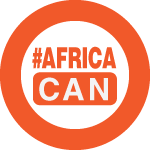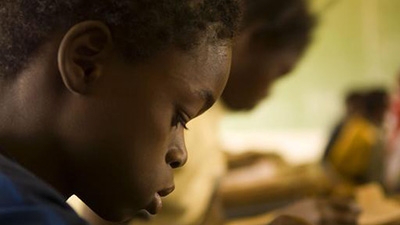Burkina Faso is a low-income, landlocked Sub-Saharan country with limited natural resources. Its population, which is growing at an average annual rate of 3 percent, was estimated at about 18 million inhabitants in 2015. The economy is heavily reliant on agriculture, with close to 80 percent of the active population employed in the sector. Cotton is the country’s most important cash crop, while gold exports have gained importance in recent years.
Political context
Presidential elections were held on November 29, 2015, following the popular uprising in October 2014 that forced President Blaise Campaoré into exile after 27 years in power. Roch Marc Christian Kaboré of the Mouvement du
Economic overview
The opening of new industrial mines, plus a slight rebound in gold and cotton prices, and rising grain production after relatively good rainfall all paved the way for a gradual return to economic growth in 2016. Real GDP grew at 5.4 percent, well above the rate in 2014 and 2015 (4 percent), but below the average of 6 percent posted during the 2003-2013 period. The implementation of fiscal and budgetary reforms also led to modest improvement in public finances. These reforms helped increase own revenues to 16 percent of GDP in 2016, compared to 14.2 percent in 2015. Investment expenditure rebounded slightly to 9.4 percent of GDP, below the level in 2013 (14.6 percent). Grain availability and the drop in oil and gas prices at the pump held inflation at 0.6 percent.
In spite of higher international oil prices, Burkina Faso continued to improve its external position in 2016, with a current account deficit of 7.6 percent of GDP, compared to 11.3 percent in 2013. External support and the resumption of foreign direct investments (FDI), particularly in the mining sector, helped narrow the external deficit.
Medium-term outlook
Despite insecurity in the sub-region, improvements in the international economic environment and the country’s new political stability bode well for economic growth in the medium term.
Human development
The maternal mortality rate fell from 484 deaths per 100,000 live births in 1998 to 330 deaths per 100,000 live births in 2015. The neonatal mortality rate dropped from 31 deaths per 1,000 live births in 2003 to 28 deaths per 1,000 live births in 2010, while the infant mortality rate fell from 90 deaths per 1,000 live births in 1998 to 65 deaths per 1,000 live births in 2010.
Life expectancy at birth is 58.6 years (2014).
The gross preschool enrollment rate increased from 2 percent in 2005 to 4 percent in 2014, while the primary enrollment rate rose from 57 percent to 86.9 percent in 2014. Access to secondary education also improved, increasing from 20 percent in 2005 to 44.9 percent in lower secondary schools in 2014-2015 and from 5.6 percent to 14 percent in upper secondary schools. However, the youth literacy rate, which stood at 28.7 percent in 2010, is lower than the average rate of 71 percent for Sub-Saharan Africa.
The poverty rate fell slightly between 2009 and 2014, from 46 percent to 40.1 percent.
Development challenges
Burkina Faso remains vulnerable to shocks related to changes in rainfall patterns and to fluctuations in the prices of its export commodities on world markets. Its economic and social development will, to some extent, be contingent on political stability in the country and the sub-region, its openness to international trade, and export diversification.
Last Updated: May 25, 2017







